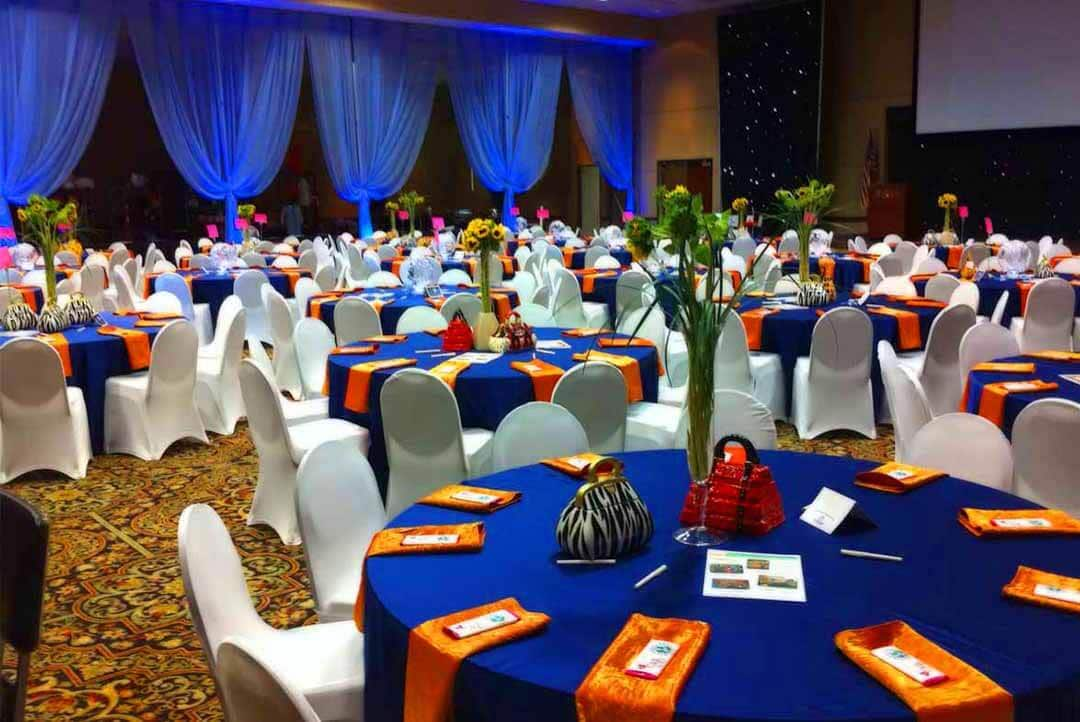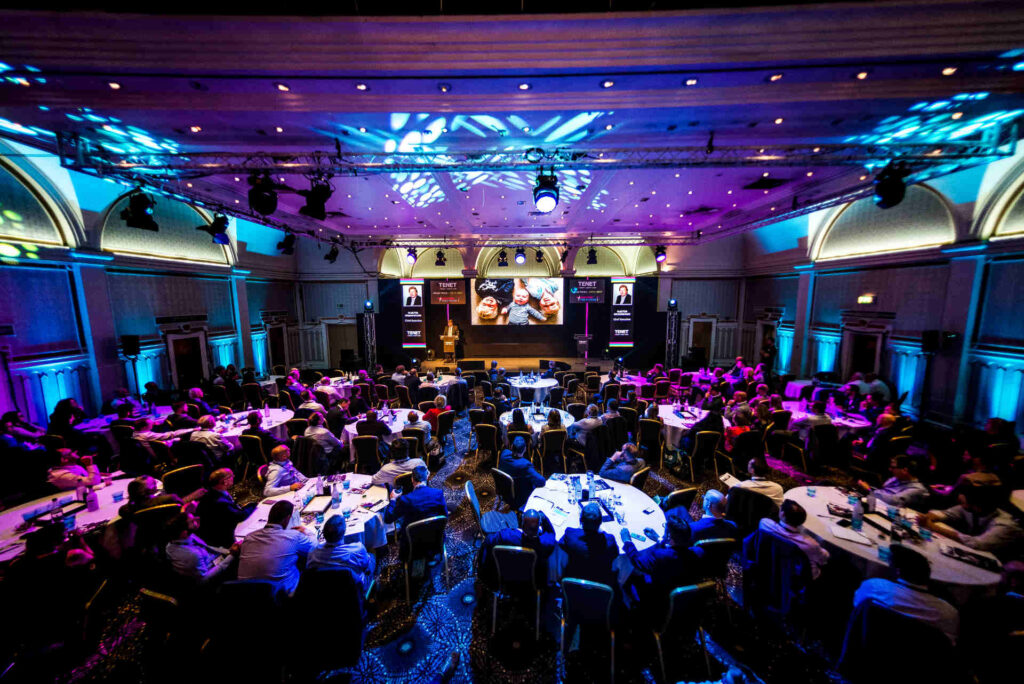Table of Contents
- Understanding Your Purpose
- Selecting the Appropriate Material
- Choosing the Right Size and Shape
- Designing for Impact
- Printing Types and Techniques
- Evaluating Durability and Weather Resistance
- Considering Placement and Visibility
- Budgeting and Cost Considerations
- Final Tips for Selecting the Perfect Flag
Understanding Your Purpose
When choosing a flag for your business or event, the first and most crucial step is to understand its purpose. Ask yourself: What do you want the flag to achieve? Is it primarily for advertising, creating ambiance, or providing informational content? A flag used at a trade show may have different requirements compared to one used for a community celebration. Understanding your purpose will determine key design choices—from the graphics and colours to the type of material and mounting options. A well-defined purpose not only guides the creative process but also ensures that your flag aligns with your overall marketing strategy and brand messaging.
Take the time to consider your target audience and the environment in which the flag will be displayed. For example, if your flag is intended to capture the attention of passers-by in a busy urban setting, you may want to opt for bold colours and striking visuals. Conversely, a flag used as part of an elegant indoor event might require a more refined and subtle design. Clarifying your purpose at the outset lays the foundation for all subsequent decisions.

Selecting the Appropriate Material
The material of your flag is a critical factor that influences its appearance, durability, and suitability for different settings. Common materials include polyester, nylon, and cotton, each with its unique benefits:
- Polyester: Renowned for its durability and weather resistance, polyester is an excellent choice for outdoor events. Its ability to retain vibrant colours even under prolonged exposure to sunlight makes it ideal for creating eye-catching displays that last.
- Nylon: This material is lightweight and offers excellent print clarity. Nylon is perfect for indoor use or areas with mild weather conditions. Its smooth texture ensures that intricate designs and high-resolution graphics are rendered beautifully.
- Cotton: Offering a classic look and feel, cotton is often used for ceremonial or decorative flags. However, it may not withstand harsh weather conditions as effectively as synthetic fabrics and is best suited for indoor or controlled environments.
Selecting the right material involves considering factors such as the expected weather conditions, the level of wear and tear, and the overall look you wish to achieve. For example, if your flag will be outdoors and exposed to wind, rain, or intense sunlight, opting for polyester or nylon will ensure longevity and sustained visual impact.
Choosing the Right Size and Shape
Size and shape are equally important in ensuring your flag makes a significant impact. The dimensions of your flag should correspond to the venue and the purpose of the display. For larger outdoor events, a big flag can serve as a bold statement piece, while smaller flags may be more suitable for indoor environments where space is limited.
Different flag shapes also contribute to the overall impact:
- Traditional Rectangular Flags: These offer ample space for detailed graphics and text. They are versatile and can be used in various settings.
- Feather Flags: Known for their tall, slender design, feather flags are excellent for drawing attention in high-traffic areas. Their movement in the wind further enhances visibility.
- Teardrop Flags: With their unique curved silhouette, teardrop flags provide a modern twist that stands out from conventional designs.
- Custom Shapes: Depending on your branding, you might consider bespoke shapes that reflect your logo or company ethos. Custom shapes can be particularly effective for highly creative and memorable campaigns.
When deciding on size and shape, consider the viewing distance and the environmental context. A flag that is too small may get lost in a large crowd, whereas one that is overly large might appear out of place in a more intimate setting. Balance is key.
Designing for Impact
The design of your flag is where your brand’s personality comes to life. A strong design will not only attract attention but also communicate your message clearly and memorably. Here are some key design considerations:
- Bold Colours: Use vibrant colours that are consistent with your brand’s identity. Bold hues can evoke the right emotions and help your flag stand out in a crowded visual landscape.
- Clear Messaging: Keep text to a minimum. Your flag should communicate a concise, impactful message that is easily readable from a distance. Focus on a catchy slogan or a powerful tagline that encapsulates your brand’s essence.
- High-Quality Imagery: Ensure that your images and logos are high resolution. Blurry or pixelated graphics can detract from the professional appearance of your flag.
- Simplicity: Avoid clutter. A simple, clean design is often more effective than one overloaded with information. Use white space strategically to balance the overall layout.
- Brand Consistency: Incorporate your brand’s logo, fonts, and colours to ensure that your flag is instantly recognisable and aligned with your other marketing materials.
A thoughtfully designed flag will create a lasting impression, making it an indispensable part of your promotional toolkit.
Printing Types and Techniques
An often overlooked but critical aspect of flag production is the printing process. The printing method you choose can have a significant impact on the quality, durability, and overall look of your flag. Here are some common printing types and techniques used for custom flags:
- Screen Printing:
Screen printing is one of the most popular methods for producing high-quality flags. It involves pushing ink through a mesh stencil onto the fabric, allowing for vibrant colours and durable prints. This technique is ideal for large orders and works particularly well on polyester and nylon materials. Screen printing is excellent for designs that require solid blocks of colour and offers exceptional longevity. - Digital Printing:
Digital printing allows for full-colour, high-resolution prints directly onto the flag material. This method is highly versatile and perfect for intricate designs or photographic images. While digital printing may be more expensive for large runs, it provides unmatched detail and is often preferred for custom, short-run projects where precision is key. - Dye Sublimation:
Dye sublimation is a specialised printing process typically used on polyester fabrics. In this method, dyes are converted into gas under high heat and infused directly into the fabric fibres. The result is a print that is incredibly durable and resistant to fading, even with frequent exposure to sunlight and the elements. Dye sublimation is ideal for vibrant, long-lasting prints that require a high level of detail. - Hybrid Techniques:
Some manufacturers use a combination of printing methods to optimise quality and cost-effectiveness. For instance, a design might be partially screen printed for bold, solid areas and finished with digital printing for intricate details. Hybrid techniques can offer the best of both worlds, balancing durability with the ability to reproduce complex designs accurately.
Understanding the various printing types available helps ensure that your final product meets your expectations in terms of quality, durability, and visual appeal. Consulting with experienced printing professionals can provide valuable insights into which method will best suit your specific needs and budget.

Evaluating Durability and Weather Resistance
When your flag is intended for outdoor use, durability becomes a key consideration. Evaluate the following factors to ensure that your flag withstands the elements:
- Material Strength: Choose materials known for their resilience, such as polyester or nylon, which are designed to endure harsh weather conditions.
- UV Resistance: Exposure to sunlight can cause colours to fade over time. Flags printed with UV-resistant inks and constructed from UV-stabilised materials will retain their vibrancy for longer.
- Reinforced Stitching: Look for flags with double or triple stitching along the edges and seams. This extra reinforcement prevents fraying and ensures that the flag remains intact even in windy or turbulent conditions.
- Water and Wind Resistance: For outdoor flags, particularly in regions with unpredictable weather, ensure that the flag is designed to resist wind and water damage. Ventilated designs can help reduce the strain on the fabric and prolong the flag’s lifespan.
A durable flag not only looks professional but also represents a long-term investment in your brand’s visibility.
Considering Placement and Visibility
The success of your flag is not solely dependent on its design and quality—it is also about where and how it is displayed. To maximise its impact:
- High-Traffic Areas: Place your flag in locations where it will be seen by the maximum number of people. Entrances, busy walkways, and event focal points are prime spots.
- Elevation: Ensure the flag is installed at a height that makes it visible from a distance. An elevated position helps the flag stand out against a backdrop of competing visuals.
- Directional Guidance: Use flags to guide visitors through your space. Strategically placed flags can lead attendees to key areas, such as product displays or registration counters.
- Lighting: Consider the lighting conditions of the display area. Well-lit flags, whether through natural light or additional illumination, will appear more vibrant and noticeable.
Evaluating the placement and visibility of your flag before installation is crucial for achieving the desired promotional impact.
Budgeting and Cost Considerations
Budget is always a vital consideration when planning any promotional activity. When selecting a flag, it’s important to balance cost with quality. While it may be tempting to opt for a cheaper option, investing in a high-quality flag can result in a more durable and visually impressive product that provides better value over time. When planning your budget, consider:
- Material Costs: Higher-quality materials may come at a premium but often offer superior durability and a better finish.
- Printing Costs: Different printing methods come with varying price points. Discuss these with your supplier to understand the cost implications of each technique.
- Installation and Accessories: Don’t forget to include the cost of poles, mounts, or other accessories necessary for displaying your flag.
- Long-Term Investment: Think of your flag as an investment. A well-made flag that lasts several seasons can offer a better return on investment compared to a cheaper, less durable option.
Final Tips for Selecting the Perfect Flag
Choosing the right flag for your business or event involves a delicate balance of aesthetics, functionality, and cost-effectiveness. Here are some final tips to help you make the best decision:
- Clarify Your Objectives: Keep your purpose at the forefront of your decision-making. Every element—from material to design—should serve your overall goal.
- Request Samples: If possible, request samples of materials and printing types. Seeing and feeling the quality firsthand can provide valuable insights that guide your choice.
- Consult Professionals: Don’t hesitate to seek advice from experienced designers or printing experts. Their insights can help you navigate the many options and choose a flag that truly represents your brand.
- Plan for Flexibility: Consider how your flag might be repurposed for different events or campaigns in the future. Versatile designs and durable materials can extend the life of your investment.
- Think Long-Term: Invest in quality. A flag that stands the test of time not only enhances your brand’s image but also demonstrates your commitment to excellence.
A thoughtfully chosen flag is more than just a promotional tool—it’s a dynamic statement of your brand’s identity and a powerful way to connect with your audience. With careful consideration of purpose, material, design, printing methods, and placement, you can select a flag that will not only capture attention but also leave a lasting impression.
Embrace the process with a clear vision and a focus on quality, and you’ll soon be enjoying the benefits of increased visibility and engagement at every event and promotional opportunity.






